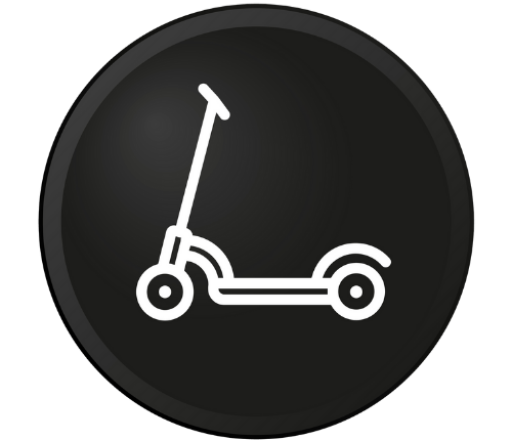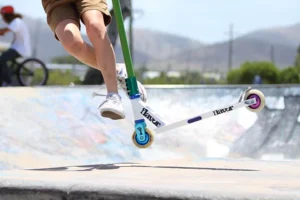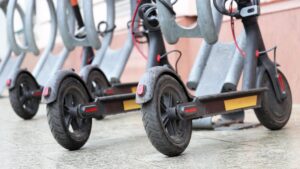In today’s bustling urban landscapes, where time seems to be always running short and stress levels are often high, there’s a growing movement towards simpler, more sustainable modes of transportation.
Among these, the humble bicycle stands out as a beacon of efficiency, health, and environmental friendliness. Within the realm of urban cycling, a particular niche has emerged:
comfortable city bicycles. These bikes prioritize ease of use, ergonomic design, and a smooth riding experience, making them increasingly popular among commuters, leisure riders, and city dwellers alike.
The Appeal of Comfortable City Bicycles
Comfortable city bicycles, often referred to as commuter bikes or urban bikes, are designed with the urban environment in mind.
Unlike their high-performance counterparts built for speed or rugged terrain, these bikes prioritize comfort, practicality, and ease of use. Here’s why they’re capturing the hearts of urban cyclists:
Ergonomic Design
Comfortable city bicycles typically feature ergonomic design elements aimed at providing a relaxed riding position. This includes swept-back handlebars that allow riders to sit upright, reducing strain on the back and shoulders. Additionally, the frame geometry is often tailored for a more comfortable posture, with a lower top tube for easy mounting and dismounting.
Smooth Riding Experience
One of the hallmarks of comfortable city bicycles is their emphasis on a smooth, stable riding experience. They often come equipped with wider tires that provide enhanced traction and shock absorption, allowing riders to navigate uneven urban terrain with ease. Furthermore, features like suspension forks or seatposts further dampen vibrations, ensuring a plush ride even on rough city streets.
Practical Features
In addition to comfort, these bicycles are equipped with practical features that cater to the needs of urban commuters. This may include built-in racks or baskets for carrying groceries or cargo, fenders to protect against splashes on rainy days, and integrated lighting systems for enhanced visibility in low-light conditions. Some models even come with internal gear hubs or belt drives, reducing maintenance requirements and enhancing reliability.
Accessibility
Another key aspect of comfortable city bicycles is their accessibility. Unlike specialized racing bikes or mountain bikes that may require a certain level of skill or fitness to ride comfortably, these bikes are designed to be approachable for riders of all ages and abilities. The relaxed riding position, intuitive controls, and stable handling inspire confidence, making cycling an accessible option for daily transportation or leisurely outings.
Conclusion
In an era marked by growing concerns over congestion, pollution, and sedentary lifestyles, comfortable city bicycles offer a compelling solution.
With their emphasis on comfort, practicality, and accessibility, these bikes are not just a means of transportation but also a source of joy and well-being for urban dwellers.
As more people embrace cycling as a sustainable and enjoyable mode of getting around, the demand for comfortable city bicycles is likely to continue rising, reshaping the urban landscape one pedal stroke at a time.



